Picture this: you’re walking through a garden when you notice something peculiar hanging in a spider’s web. Not just trapped prey, but what looks like a carefully arranged display of dead insects, positioned almost deliberately around the silken structure. This isn’t some macabre accident of nature – it’s one of the most fascinating survival strategies in the animal kingdom. Some spiders have evolved to become the ultimate interior decorators, using corpses as their medium to send powerful messages to both predators and prey. These eight-legged architects don’t just build webs; they create elaborate warning systems that would make any security expert jealous.
The Science Behind Stabilimenta and Prey Decorations
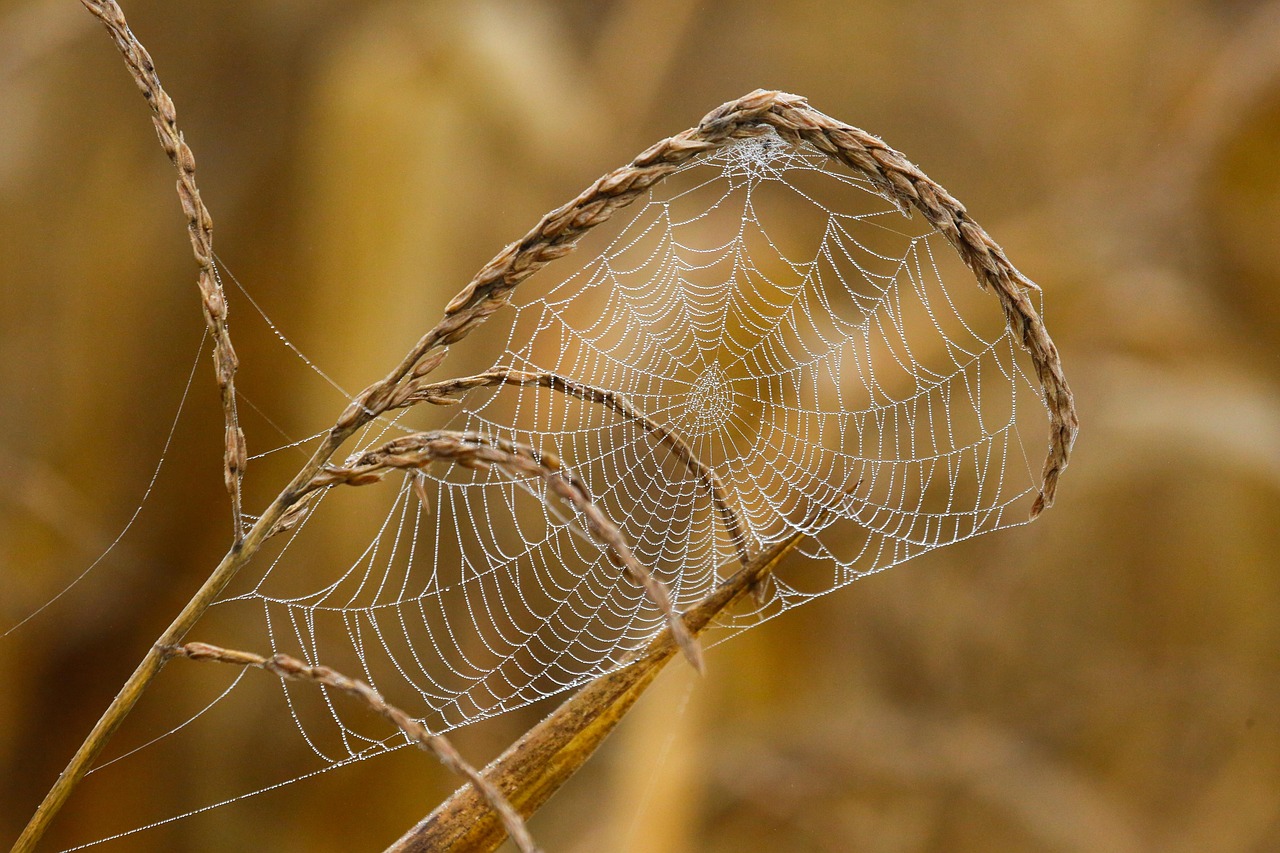
Scientists have discovered that certain spider species deliberately incorporate dead insects and other debris into their webs as part of a behavior called “web decoration.” These decorations, known as stabilimenta, serve multiple purposes beyond simple structural support. The orb weaver family, particularly, has mastered this art form over millions of years of evolution.
Research shows that these decorations aren’t random placements but carefully calculated additions that enhance the web’s effectiveness. The dead insects act as visual signals, creating patterns that can either attract prey or deter predators depending on the spider’s needs. This behavior represents one of nature’s most sophisticated examples of using death as a tool for life.
Meet the Master Decorators: Argiope Spiders
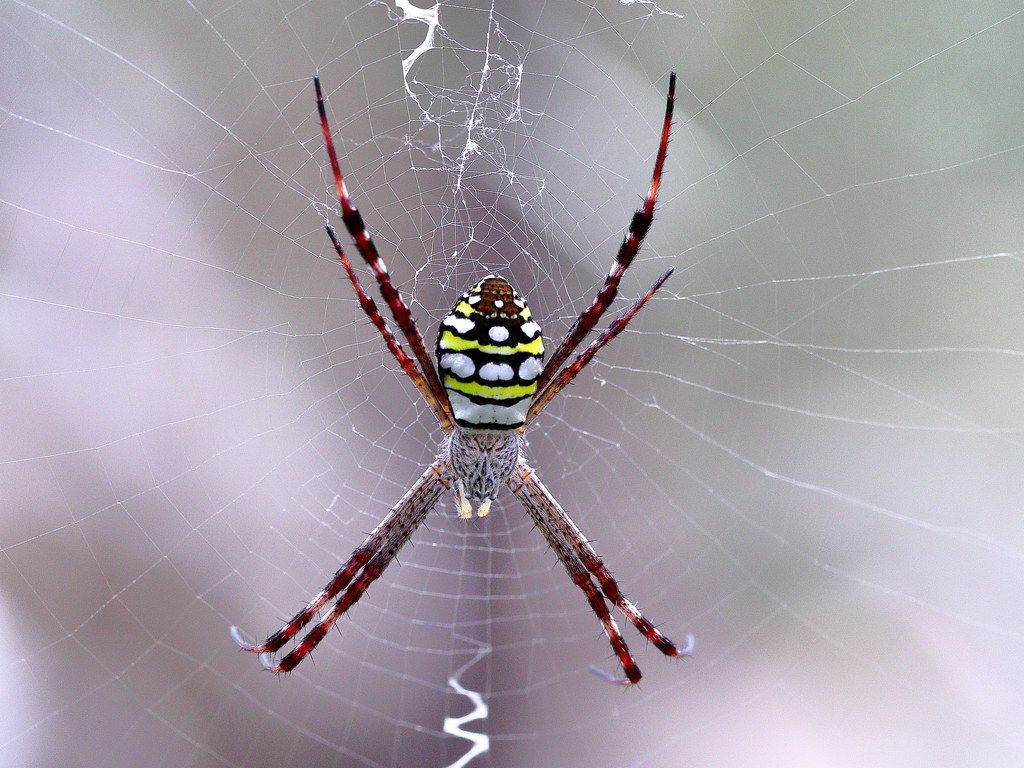
The yellow garden spider (Argiope aurantia) stands out as perhaps the most skilled web decorator in North America. These striking spiders create zigzag patterns called stabilimenta in their webs, often incorporating the dried husks of their previous meals. Female Argiopes are particularly meticulous, positioning prey remains in specific locations to maximize their deterrent effect.
What makes Argiope spiders exceptional is their ability to adapt their decorating style based on environmental conditions. During periods of high predation risk, they’ll increase the number of prey decorations, creating what researchers call “graveyard webs.” These elaborate displays can contain dozens of insect carcasses, each positioned to create maximum visual impact.
The Wasp Spider’s Intimidation Gallery
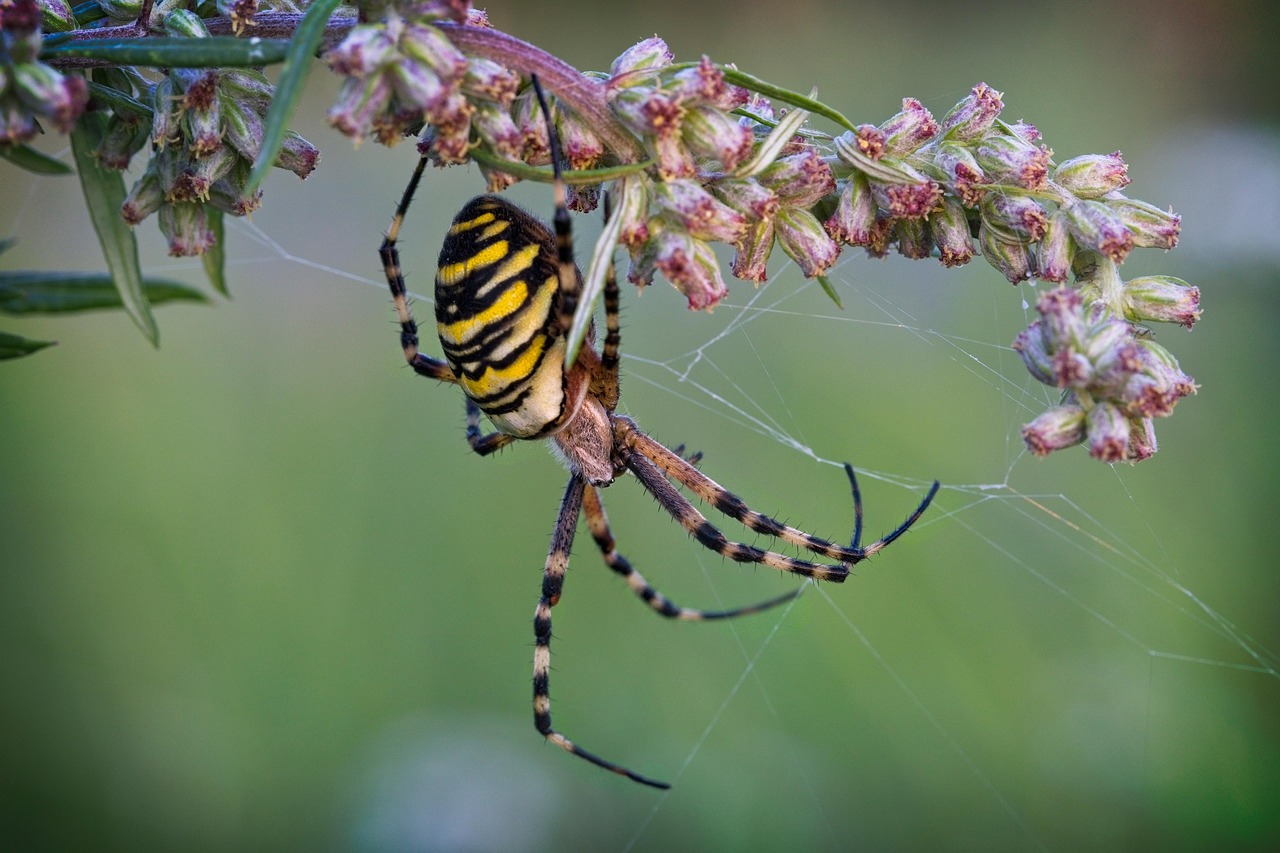
Argiope bruennichi, commonly known as the wasp spider, takes web decoration to an entirely different level. These European natives create what can only be described as insect museums within their webs. They meticulously arrange dead wasps, bees, and flies in linear patterns that extend both above and below the web’s center.
The wasp spider’s decorating behavior is particularly fascinating because they seem to understand color theory. They preferentially select brightly colored prey for their displays, creating visual contrasts that make the decorations more noticeable. This selective curation suggests a level of aesthetic awareness that challenges our understanding of spider cognition.
How Dead Insects Function as Predator Deterrents
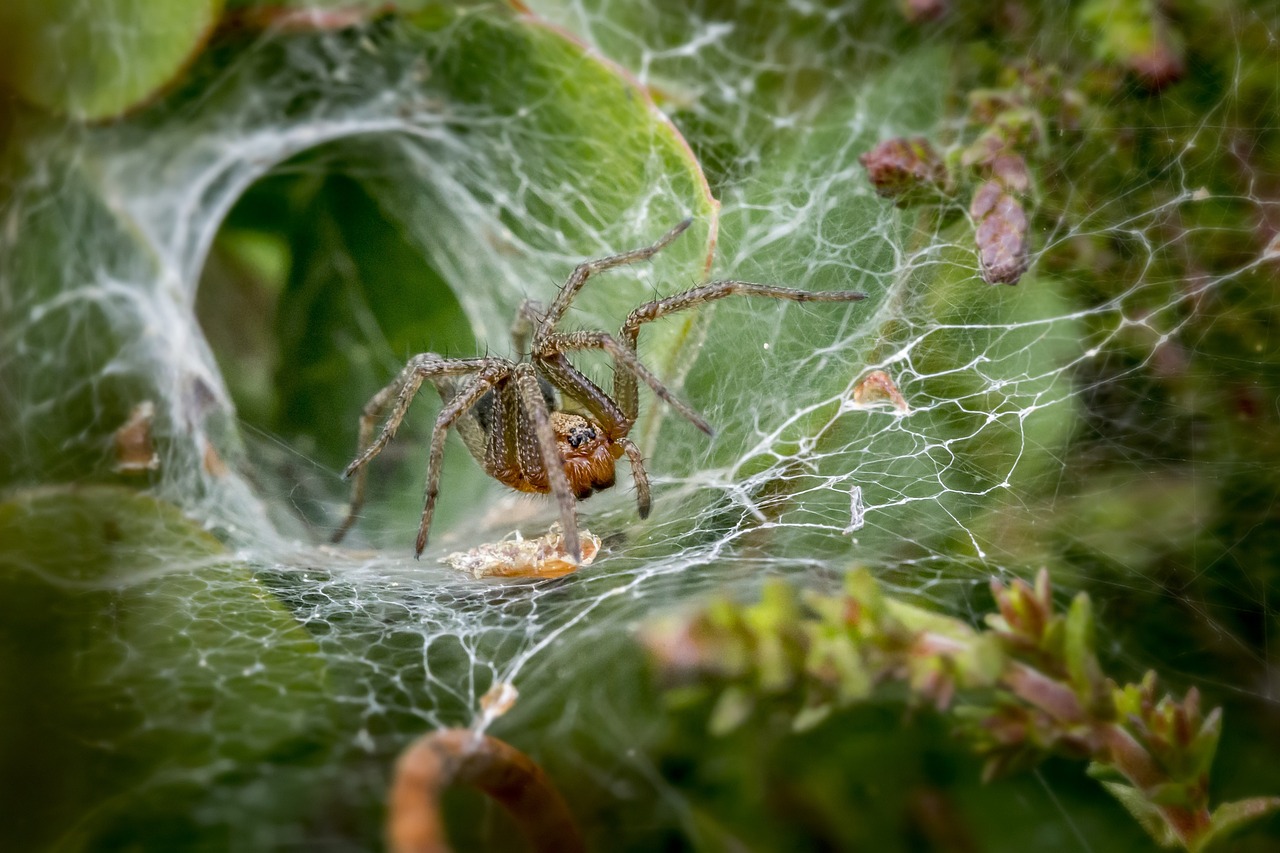
The primary function of these macabre decorations is to ward off potential predators through visual intimidation. Birds, in particular, have learned to associate dense collections of dead insects with dangerous spiders. The sight of multiple prey items suggests a highly successful predator that might pose a threat to investigating birds.
Studies have shown that webs with prey decorations are 30% less likely to be attacked by avian predators compared to undecorated webs. The dead insects create an optical illusion that makes the spider appear larger and more formidable than it actually is. This clever manipulation of visual perception has proven so effective that some harmless spiders have evolved to mimic these decorating patterns.
The Prey Attraction Paradox
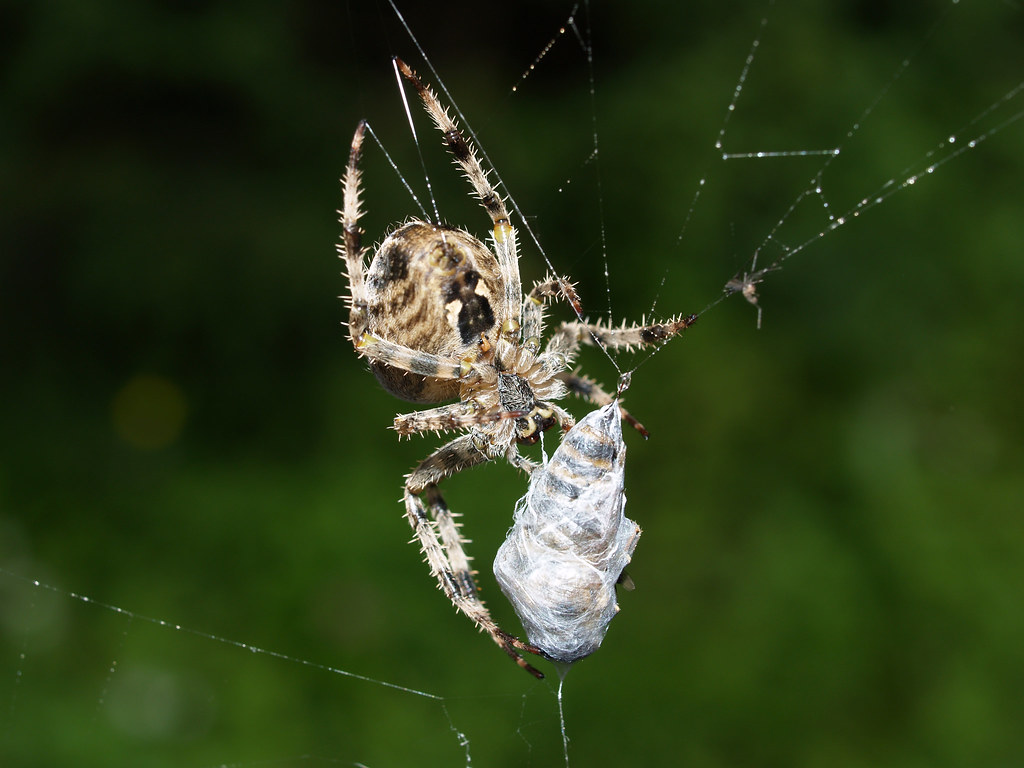
Surprisingly, the same decorations that deter predators can also attract prey, creating a fascinating paradox in spider behavior. Flying insects, particularly flies and small beetles, are often drawn to the scent of decomposing prey in decorated webs. This attraction mechanism works because many insects are naturally drawn to areas where other insects have died, either for feeding or reproductive purposes.
The spider essentially creates a “death trap advertisement” that signals to potential prey that this is a productive hunting ground. Some researchers theorize that the decorations mimic the appearance of flower clusters or food sources, drawing insects closer to investigate. This dual-purpose strategy demonstrates the remarkable efficiency of spider evolution.
Seasonal Variations in Web Decoration Behavior
Spider decorating behavior shows distinct seasonal patterns that reflect changing environmental pressures and prey availability. During spring and early summer, when bird migration peaks, spiders typically increase their use of prey decorations as predator deterrents. The decorations become more elaborate and visually striking during these high-risk periods.
As autumn approaches, decorating behavior often shifts toward prey attraction rather than predator deterrence. With fewer birds actively hunting and more insects seeking shelter, spiders modify their displays to capitalize on abundant prey opportunities. This seasonal adaptation demonstrates the flexible nature of spider behavior and their ability to read environmental cues.
The Role of Web Vibrations in Decoration Placement
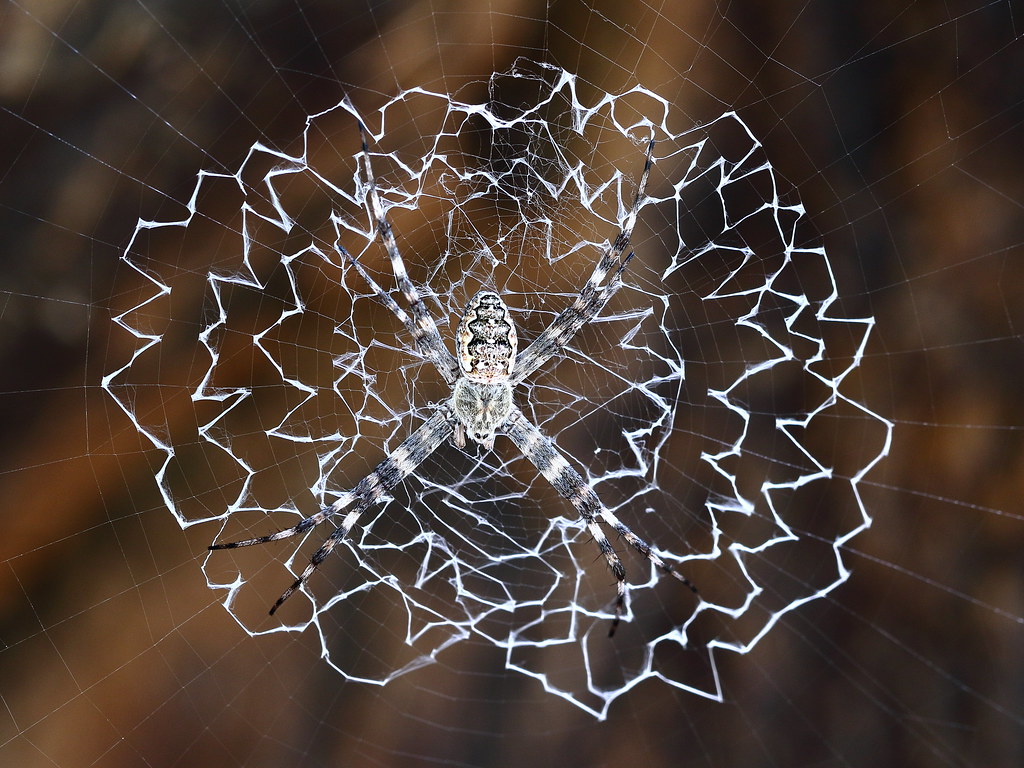
Recent research has revealed that spiders don’t just rely on visual cues when placing their decorations – they also use the web’s vibrational properties. Dead insects positioned at specific points on the web can alter vibration patterns, helping spiders distinguish between different types of prey and potential threats. This tactile dimension adds another layer of complexity to web decoration behavior.
The strategic placement of prey remains can actually enhance the web’s sensitivity to vibrations in certain frequency ranges. This means that decorated webs function not just as visual displays but as sophisticated sensory enhancement systems. The spider essentially creates a customized early warning system using the bodies of its victims.
Geographic Variations in Decorating Styles
Spider decorating behavior varies significantly across different geographic regions, reflecting local predator pressures and prey availability. European orb weavers tend to create more linear, organized displays, while their Australian counterparts often favor circular or radial arrangements. These regional differences suggest that decorating styles are influenced by local environmental factors and predator communities.
Climate also plays a crucial role in shaping decorating behavior. Spiders in tropical regions often incorporate more diverse prey types into their decorations, taking advantage of year-round insect activity. In contrast, temperate zone spiders must be more selective, using their limited prey resources efficiently to create effective displays.
The Energy Economics of Web Decoration
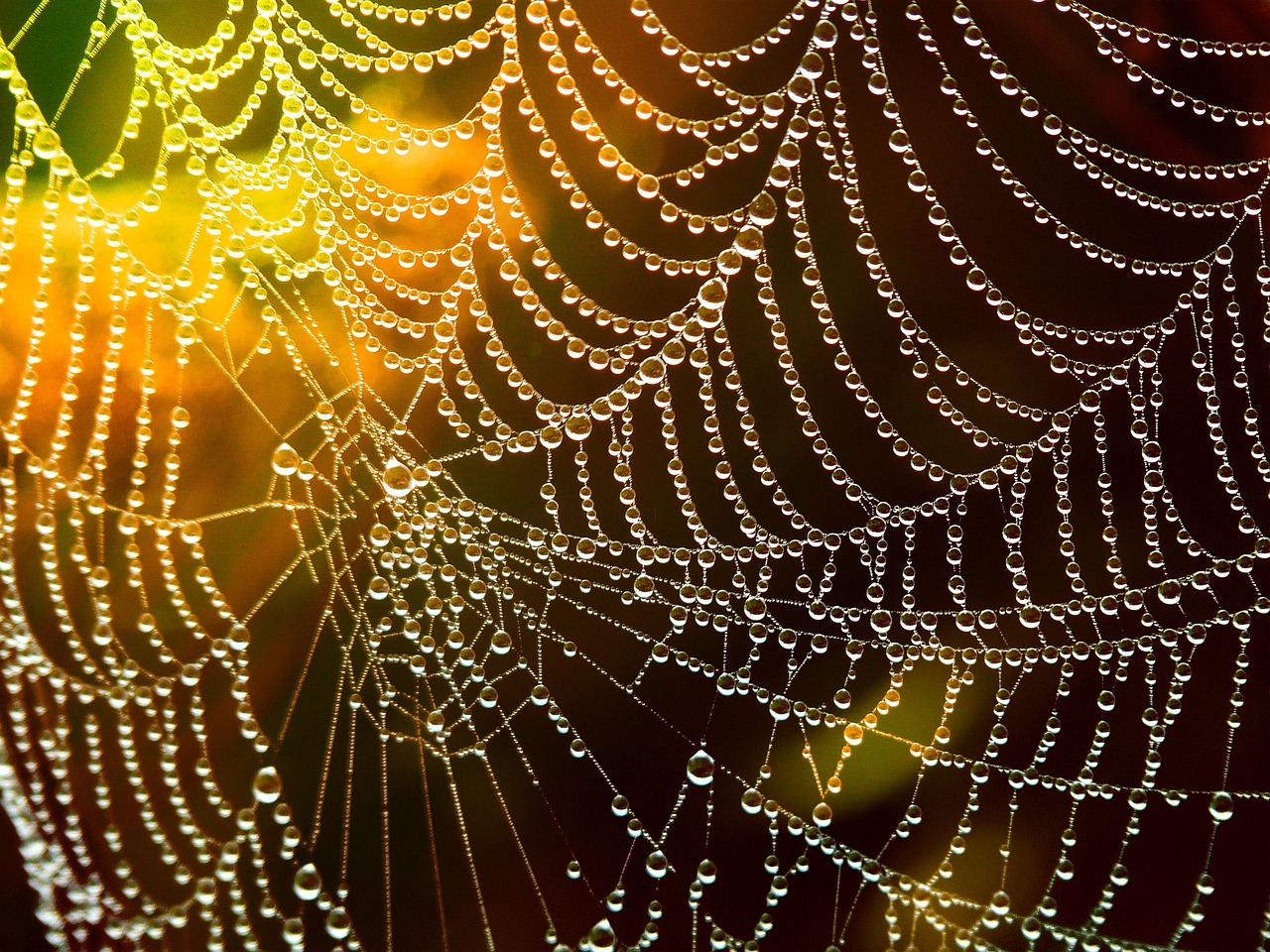
Creating and maintaining decorated webs requires significant energy investment from spiders. They must capture additional prey beyond their nutritional needs, process the bodies for decoration, and carefully position each element. This energy expenditure only makes sense if the benefits – increased prey capture or reduced predation – outweigh the costs.
Research has shown that spiders with decorated webs typically have higher survival rates and reproductive success compared to those with plain webs. The initial energy investment pays dividends through improved hunting efficiency and reduced mortality. This cost-benefit analysis helps explain why web decoration behavior has evolved independently in multiple spider lineages.
Mimicry and Deception in Decorated Webs
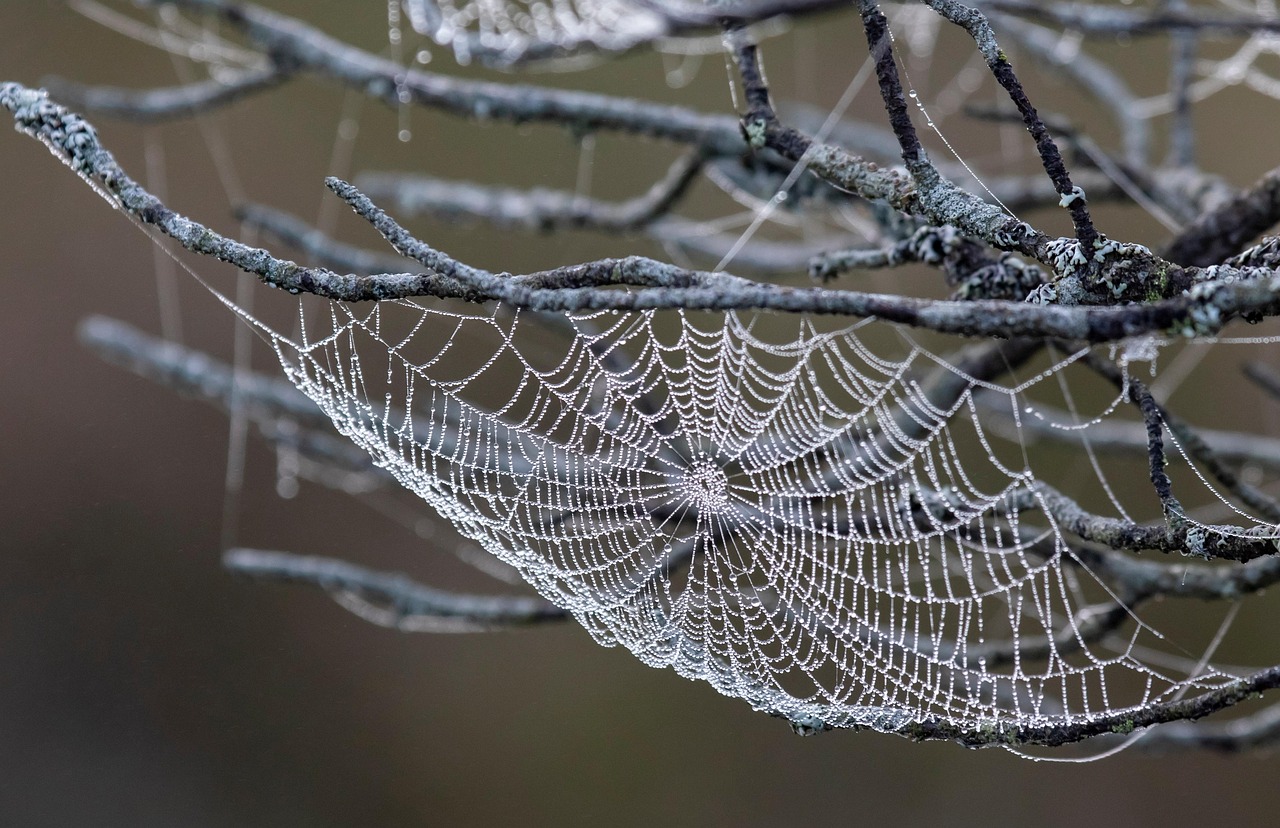
Some spider species have evolved to mimic the decorating behavior of more dangerous relatives, creating false warning signals through their displays. These “decorative mimics” use carefully arranged prey remains to suggest they’re more formidable than they actually are. This evolutionary arms race has led to increasingly sophisticated deception strategies.
The mimicry extends beyond just the presence of decorations to include specific patterns and prey types. Some harmless spiders have learned to selectively display certain types of prey that are associated with more dangerous species. This behavioral mimicry represents one of the most complex examples of deception in the spider world.
The Impact of Human Activity on Decorating Behavior
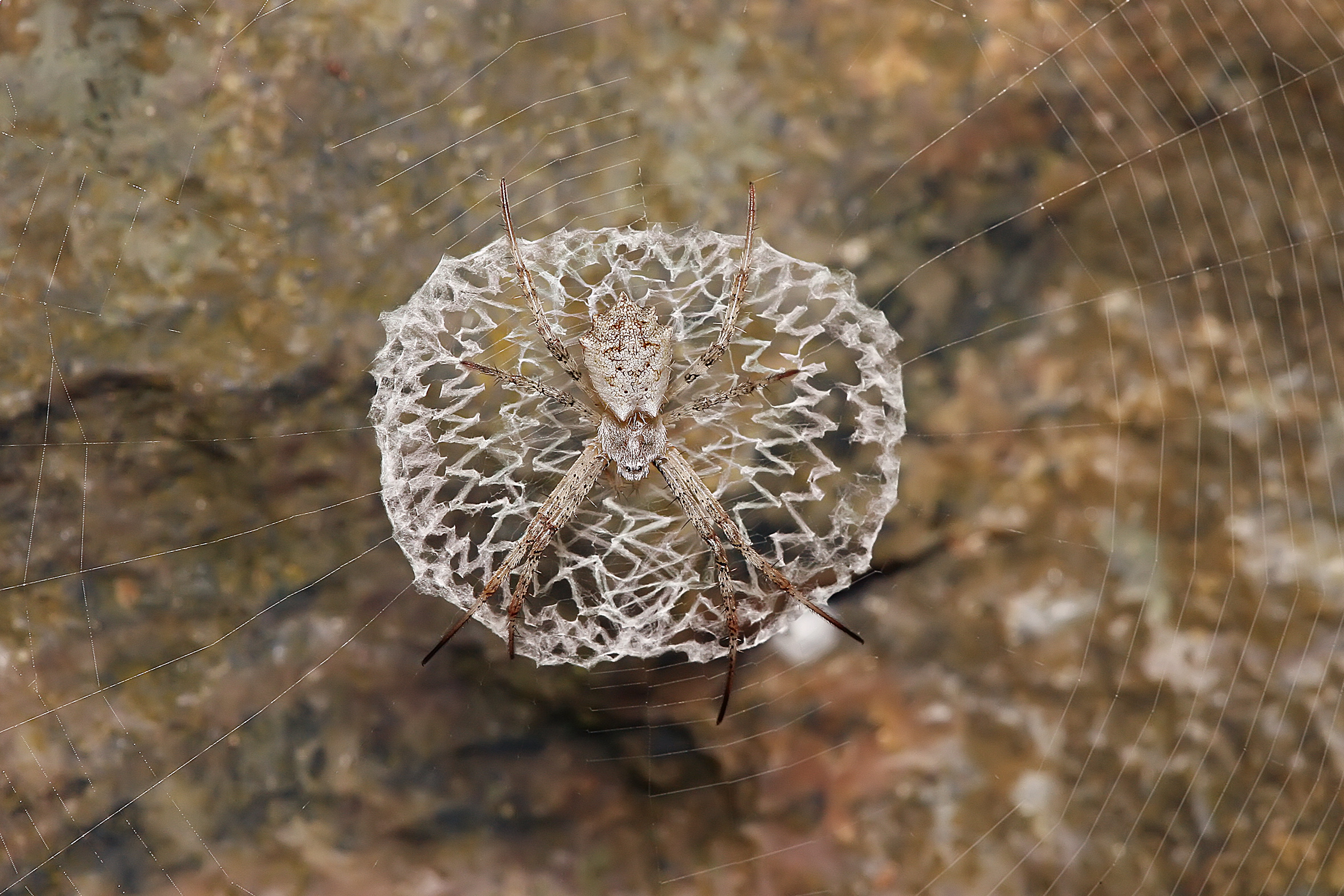
Urban environments and agricultural activities have significantly influenced spider decorating behavior. Pesticide use reduces prey availability, forcing spiders to be more conservative with their decorations. Additionally, artificial lighting attracts different types of insects, altering the materials available for web decoration.
Climate change is also affecting decorating patterns, with some species shifting their behavior in response to altered seasonal patterns and prey availability. These environmental pressures are forcing spiders to adapt their decorating strategies, providing real-time examples of behavioral evolution in action.
Neurological Basis of Decorating Behavior
Scientists are beginning to understand the neurological mechanisms that drive web decorating behavior. The spider’s brain must process visual information about prey size, color, and condition before making decisions about decoration placement. This cognitive processing suggests a level of planning and aesthetic judgment that was previously thought to be beyond spider capabilities.
Recent studies using advanced imaging techniques have identified specific neural pathways involved in decorating behavior. These findings are revolutionizing our understanding of spider cognition and challenging assumptions about invertebrate intelligence. The complexity of decorating behavior suggests that spiders possess more sophisticated mental capabilities than previously recognized.
Future Research Directions and Conservation Implications
Current research is exploring how climate change and habitat destruction affect spider decorating behavior. Understanding these impacts is crucial for conservation efforts, as decorated webs serve as important indicators of ecosystem health. Changes in decorating patterns can signal broader environmental problems that affect entire food webs.
Scientists are also investigating whether decorating behavior could be used in biological pest control programs. Spiders with enhanced decorating abilities might be more effective at controlling agricultural pests, offering sustainable alternatives to chemical pesticides. This research could lead to practical applications that benefit both agriculture and ecosystem conservation.
The Future of Web Decoration Research
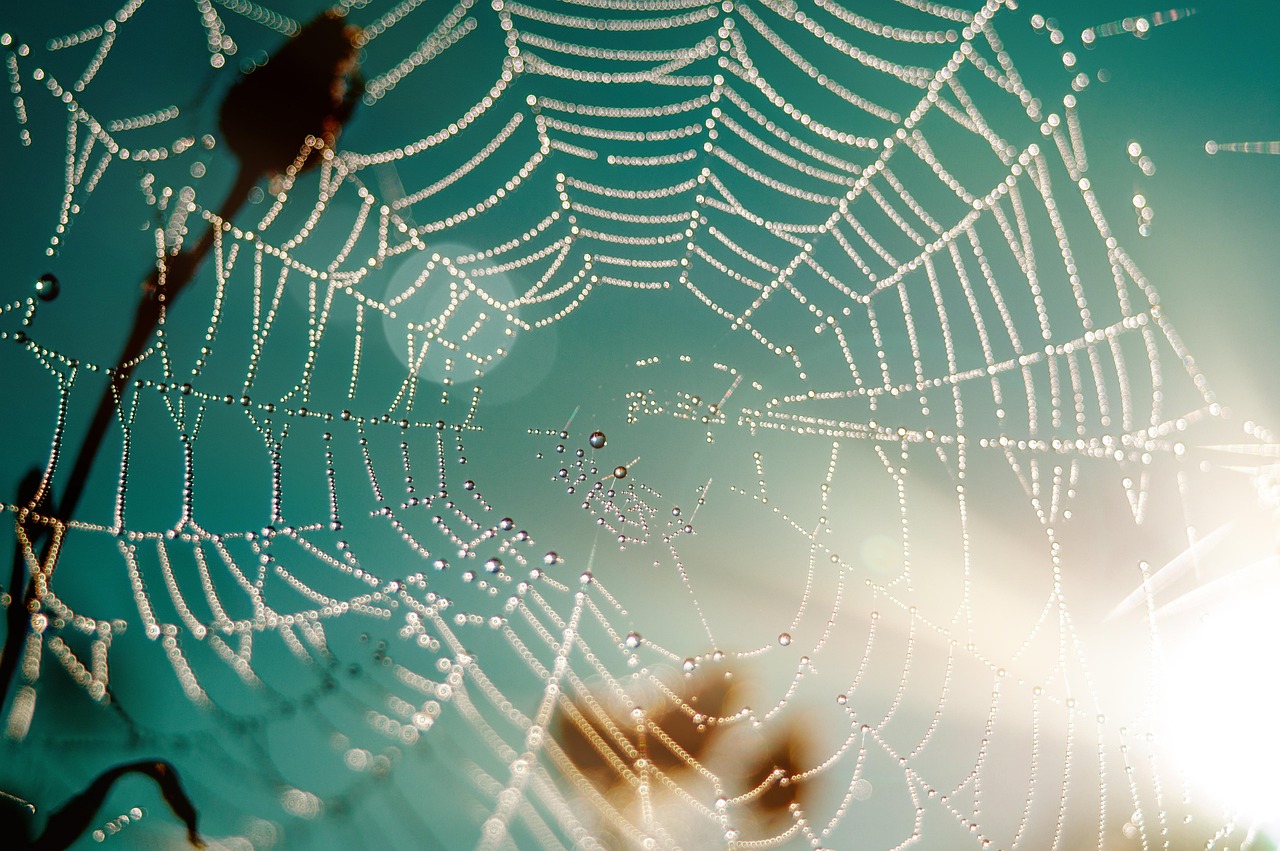
The study of spider web decoration continues to reveal new insights into animal behavior, cognition, and evolution. Advanced imaging technologies and behavioral tracking systems are allowing researchers to observe decorating behavior in unprecedented detail. These tools are uncovering subtle aspects of spider behavior that were previously invisible to human observers.
As our understanding deepens, we’re beginning to appreciate the true sophistication of these eight-legged architects. Their ability to manipulate their environment through strategic decoration represents one of nature’s most elegant solutions to survival challenges. The next generation of research promises to reveal even more surprising capabilities hidden within these seemingly simple behaviors.
The world of spider web decoration represents one of nature’s most macabre yet brilliant survival strategies. These eight-legged artists have transformed death into a tool for life, creating elaborate displays that serve multiple functions simultaneously. From deterring predators to attracting prey, from enhancing sensory capabilities to advertising hunting success, decorated webs showcase the remarkable adaptability and intelligence of spiders. As we continue to study these fascinating behaviors, we gain deeper insights into the complex cognitive abilities of creatures we once thought were driven purely by instinct. The next time you encounter a spider’s web adorned with the remains of its victims, remember that you’re witnessing millions of years of evolutionary refinement in action. What other secrets might these master decorators still be hiding in their silken galleries?
